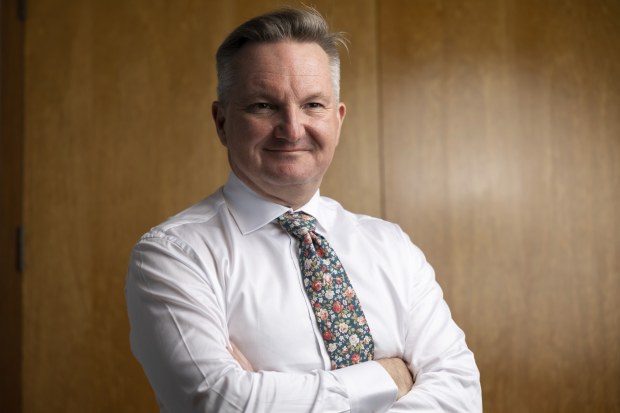“We were relying on that grant funding to kick off our demonstration project in Western Australia,” he told The Australian Financial Review.
“Without the grant funding, the project couldn’t proceed and it has set us back at least two years. We still intend to go ahead, but it’s challenging. We are waiting for additional grant funding or another partner to move forward.”
The Novalith project was aiming to produce battery-grade lithium carbonate from spodumene concentrate to demonstrate that lithium chemicals could be produced locally, instead of shipping the ore concentrate to China for refining, utilising CO2 as part of a sustainable lithium production process.
Of the 12 CCS or CCUS projects that lost funding in last October’s budget, only four confirmed they were still proceeding.
This includes Santos’ CCS project in the Cooper Basin, New Hope Group’s subsidiary Bridgeport’s Moonie CCU project to inject carbon dioxide into the Moonie oil field, and Buru Energy’s plans for an onshore Carnarvon Basin greenhouse gas storage assessment.
KC8 Capture Technologies, which will build a demonstration plant to capture carbon dioxide at Cement Australia’s facility in Gladstone, will proceed, despite the loss of $5 million in federal funding.
Other projects have stalled including Boral Cement’s Futurecem plant in the Southern Highlands in NS, which was paused after $30 million in federal funding was removed.
Low hopes for the federal budget to offer fresh funding for carbon capture and storage were confirmed last week.
At the same time, the $2 billion Hydrogen Headstart initiative announced in the budget covers only renewables-based hydrogen, ruling out public funding for hydrogen produced from gas, coal or biomass, with the carbon neutralised by CCS.

Climate Change and Energy Minister Chris Bowen said the government supported “credible” CCS projects. Alex Ellinghausen
Energy and Climate Change Minister Chris Bowen this month said the Albanese government supported “credible” CCS projects.
“The Albanese government has focused Commonwealth funding support on carbon capture technologies in hard to abate sectors [like cement manufacturing], and negative emissions technologies,” he said.
The federal government has spent $185 million on 195 CCS research funded through the Australian Research Council for projects starting in either 2022 or 2023, including $35 million on a Centre of Excellence in Carbon Science and Innovation at the University of NSW.
Other funding for carbon-specific research has also gone to the CSIRO, but it declined to provide information on funding before deadline.
Low Emissions Technology Australia (formerly Coal21) chief executive Mark McCallum said CCS was a critical part of any rapid, urgent decarbonisation for industry and represents a huge opportunity for Australia.
He said the International Energy Agency (IEA) and the United Nations Intergovernmental Panel on Climate Change highlighted the central role CCS would play in the transition to net zero by 2050.
“Indeed, the IEA has found reaching net zero by 2050 will be ‘virtually impossible’ without CCS,” he said.
“Carbon removal technologies will almost certainly be required due to the practical and technical difficulties in eliminating emissions in certain essential sectors, including our vital industry – namely steel, chemicals and cement, as well as aviation, road freight and maritime shipping.”
– With Julie Hare
